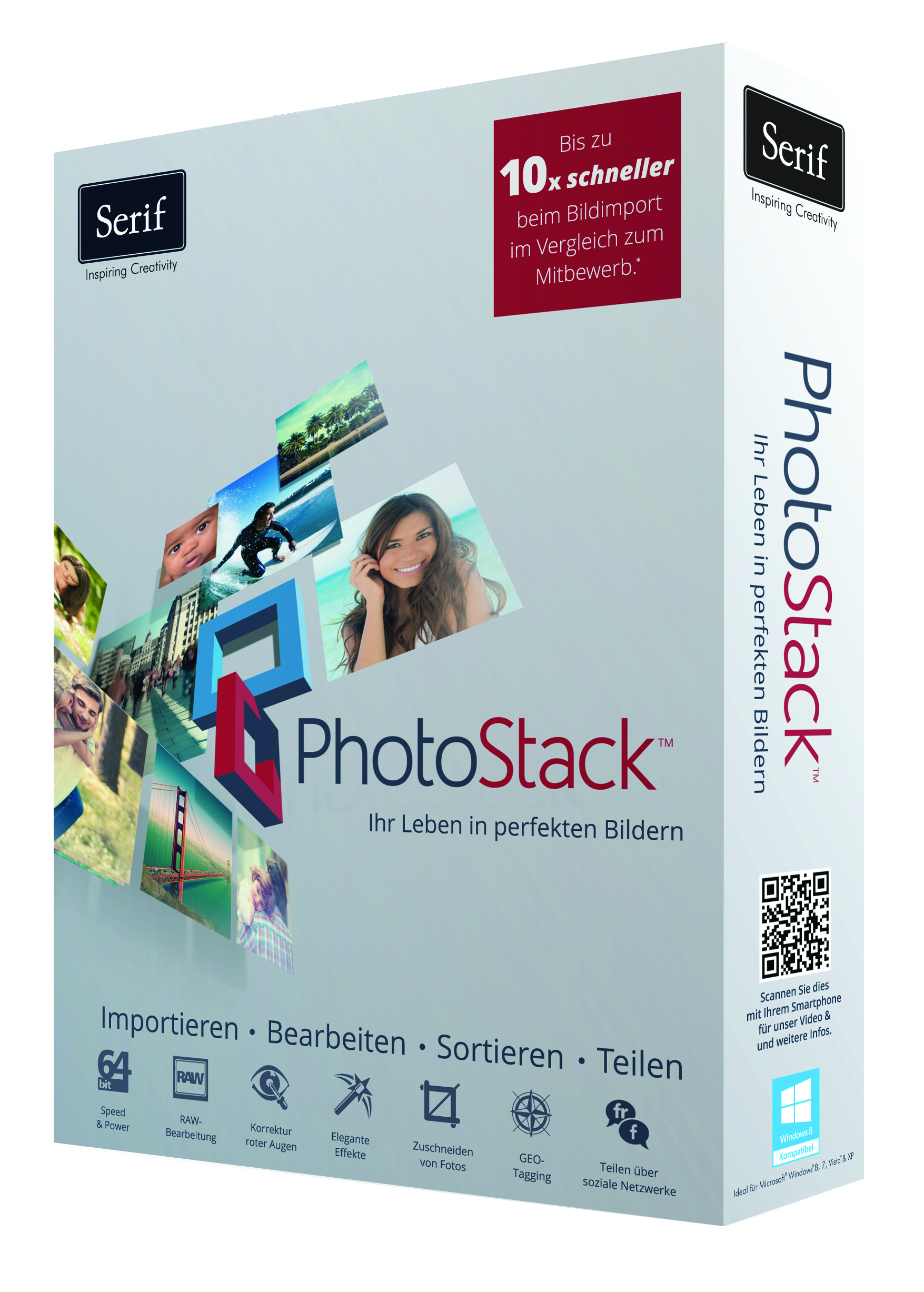

- Photostack stock movie#
- Photostack stock android#
- Photostack stock professional#
- Photostack stock zip#
Landscape photos should have the entire scene in focus. Landscape photographers also benefit from using this technique, especially when they use telephoto lenses. Two ladybugs need to be in focus – Image by Ron van den Berg from Pixabay When you want to have in focus a subject larger than that, you need to take several consecutive photos focusing on different parts of the subject and stack them in post-processing. The combination of small camera-subject distance, lenses with large focal length, and large apertures results in a very shallow depth of field which provides just a few millimeters of sharpness. It’s a technique that requires precision and sometimes speed.įocus stacking is frequently used in macro photography. Furthermore, your subject should be static and lighting conditions shouldn’t change while you photograph the subject. Because the focus point is the only difference between photos you often have to use a tripod to maintain the framing. You then need a photo editor to stack the photos into a single one.
Photostack stock professional#
However, you have to use a professional photo editor and Affinity Photo might be exactly what you need for focus stacking.ĭownload our Free ebook: Quick Start Guide to Affinity Photo What is Focus Stacking?įocus stacking means photographing the same scene multiple times using identical camera settings and framing but different focus areas. Focus stacking is one of those methods that use multiple images to deliver what a single photo can’t.
Photostack stock movie#
On contrary, it adds more elements to framing and preparations to consider and requires the skills of a movie director. This doesn’t make taking pictures less exciting, thoughtful, or mindful. When shooting conditions don’t align to deliver the perfect photo in the camera, photographers have to rely on post-processing to bring to life their artistic vision. You can try out PhotoStack right in your browser by visiting. If you want to suggest a feature, or report a bug, there are instructions here.

I’ll probably keep adding features as time goes on, and I have a few ideas I want to take a shot at. I primarily made PhotoStack to aid my own work (and to help out my co-workers who want to edit photos on Chromebooks), but want to make it a great tool for anyone to use. Speaking of browsers, PhotoStack works on all of them - Chrome, Firefox, Opera, MS Edge, Safari, and even Internet Explorer (10+). When you use PhotoStack on modern browsers, the entire application is saved to your device’s cache (don’t worry, it’s very small), so you can use it even when you’re not connected to the internet.
Photostack stock android#
It’s a Progressive Web App, so it can be installed to your home screen/applications on Android (when using Chrome or Firefox), iOS, Chrome OS, and Windows/Mac/Linux (when using Chrome). PhotoStack has plenty of other features you might not notice at first glance. Watermarks can be saved for use later, and you can even export them to a file, for importing on another browser/device. You can select a watermark from your device (or from a URL), set a position on the image grid, and edit the size and opacity. The watermark editor should be familiar to anyone who has used Lightroom.
Photostack stock zip#
You also get plenty of options for exporting, like support for three different file formats (JPG, PNG, and WebP), packing the images in a ZIP file, and even saving to Dropbox. Once you select the photos, you can resize them, add watermarks, and remove EXIF data. It can import photos from your files, or from a URL. PhotoStack is a general-purpose batch photo editing tool that runs on the web. After a few months of development, I’m excited to finally release PhotoStack! I couldn’t find an online tool I liked, so I thought I would make one myself - and one other people could use for their professional work. To make matters more annoying, I frequently work on platforms where the old version of Lightroom was never available, like Linux.

I have no idea why over two years has passed and the feature is still missing, but I hate opening the older version just to export my pictures with a tiny logo.

Previously, I used (what is now called) Adobe Lightroom Classic CC to do this, but Adobe released a new version in 2017 that lacks watermarking ability. My work requires me to frequently add watermarks to photos, sometimes several at once.


 0 kommentar(er)
0 kommentar(er)
